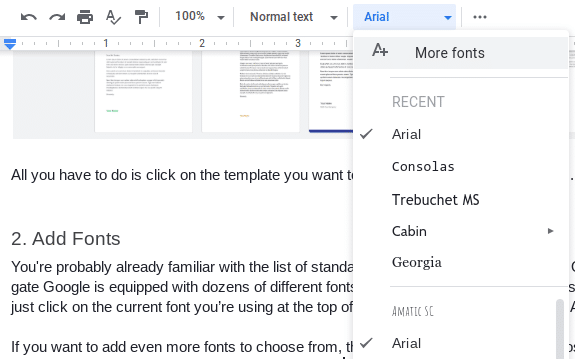


Ensure the document has all the text styles configured as you want them.Ģ. Once you have customised your text styles in one Google Doc, you can save these styles as the default for all future documents you create. Saving custom text styles as the default for all Google Docs Repeat steps 1-4 for every style you want to update. The style shown in the styles drop-down will now look the same as your sample text.Ħ. Click the arrow that appears to the right of the name.Ĥ. Click the Styles drop-down box and hover your mouse over the name of the style you want to update. Highlight the text you typed in step 1.ģ. Tip: Type the name of the style as your sample text so you remember which one you are customising!.Ģ. Type some sample text and apply the formatting you want to use for the style, such as font face, size and colour. Tip: Change the ‘Normal text’ style if you want to use a different font face, colour or size for regular (non heading) text.ġ. Learn how to use text styles to be more efficient and consistent in #Google #Docs! Click To Tweetįollow the steps below to customise your text styles in the current Google Doc you have open. The other styles are for document titles and headings. ‘Normal text’ is the standard font face, size and colour that you type in. The text styles in Google Docs are located in the toolbar, as shown in the image below. In this blog post, I’ll explain how to customise your text styles and how to use them in your document. While the standard text styles in Google Docs are quite plain, you can easily update these to use different colours and fonts. Using styles ensures that your document is formatted consistently and makes it easy to use features like a table of contents and in-document hyperlinking. These are the pre-formatted styles with names like ‘Normal text’, ‘Heading 1’, ‘Heading 2’ and so on.

One of the easiest ways to be more efficient when using Google Docs is to configure and use text styles.


 0 kommentar(er)
0 kommentar(er)
